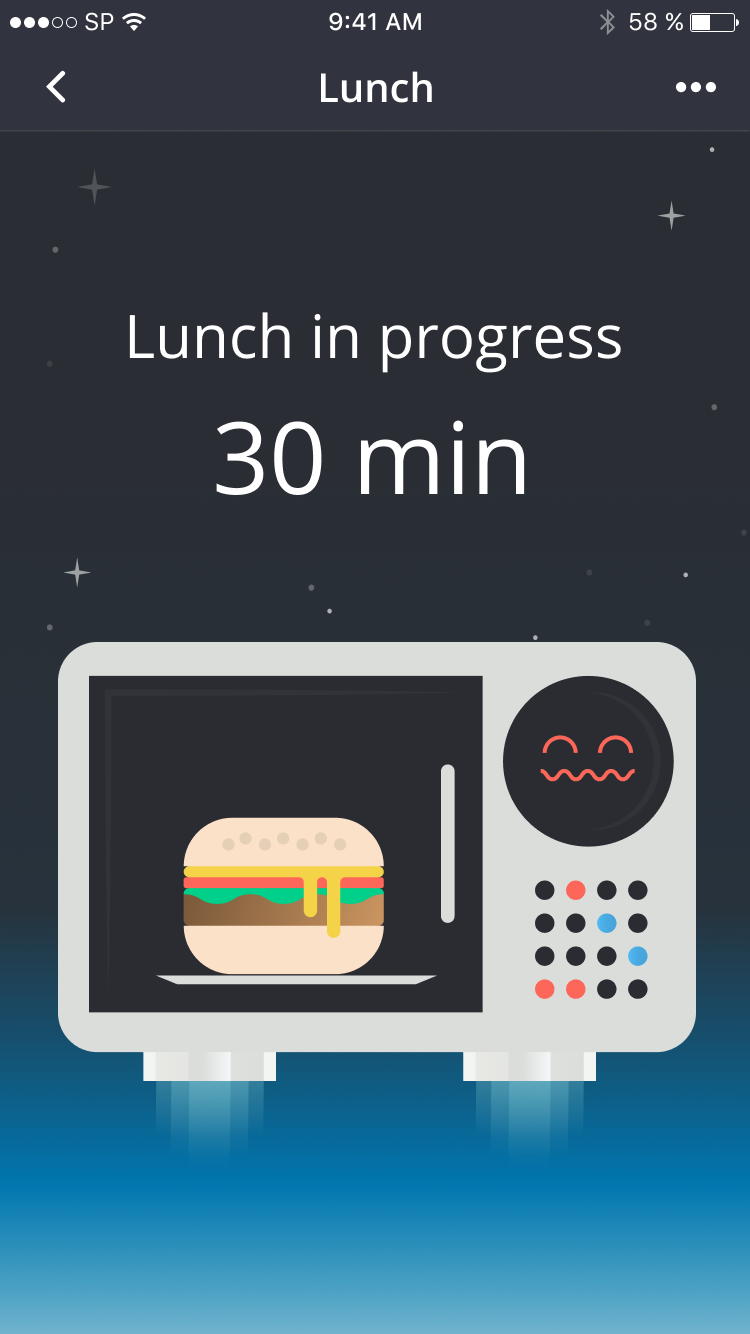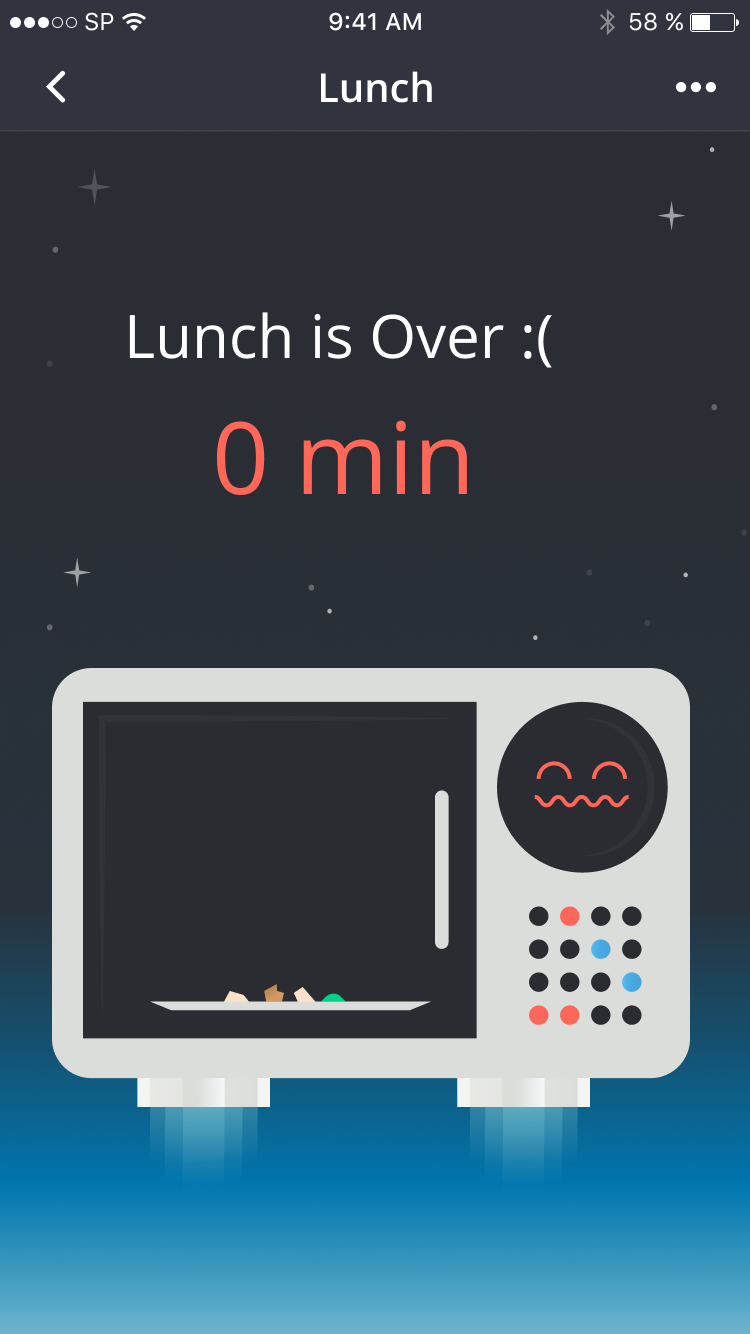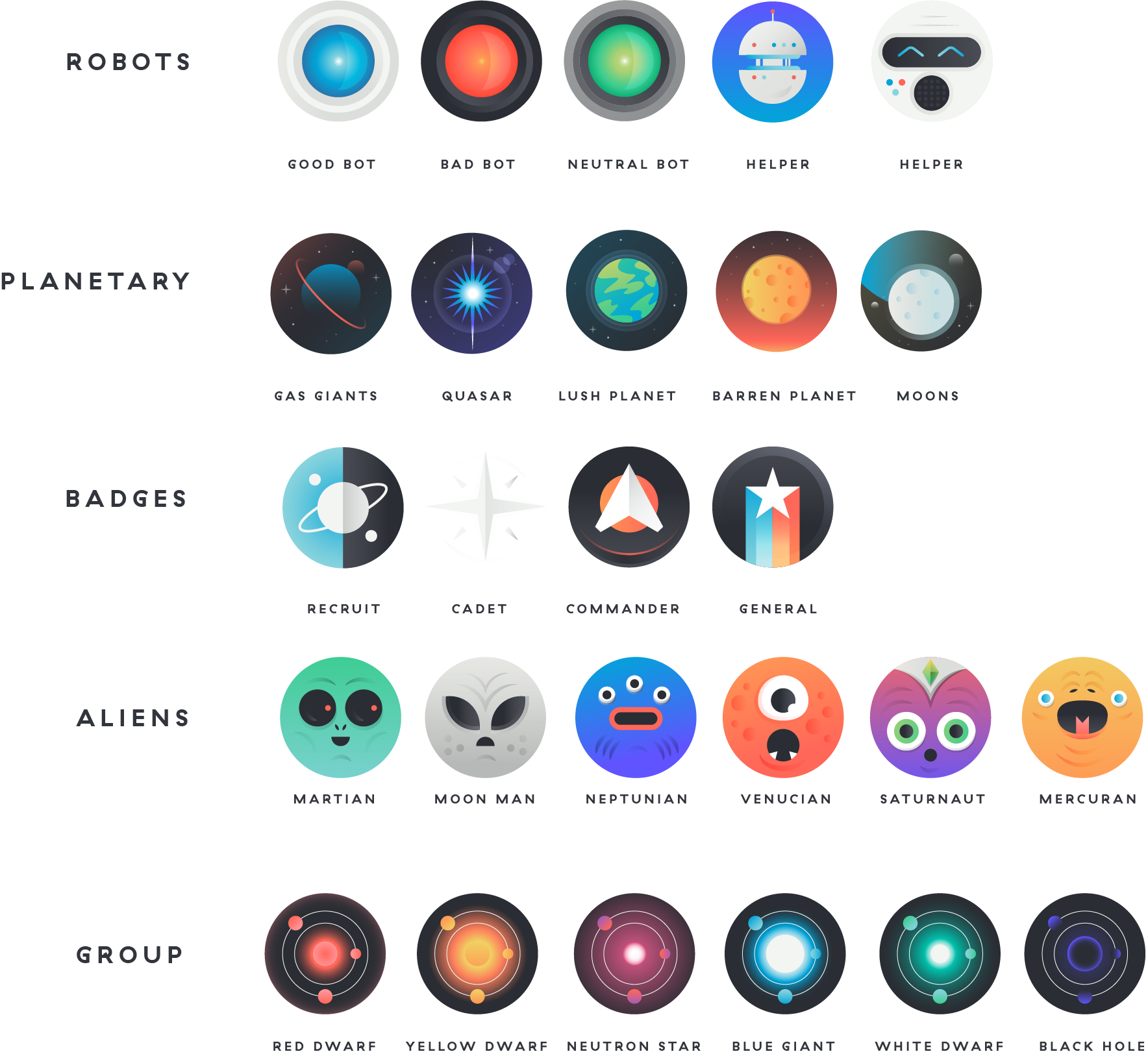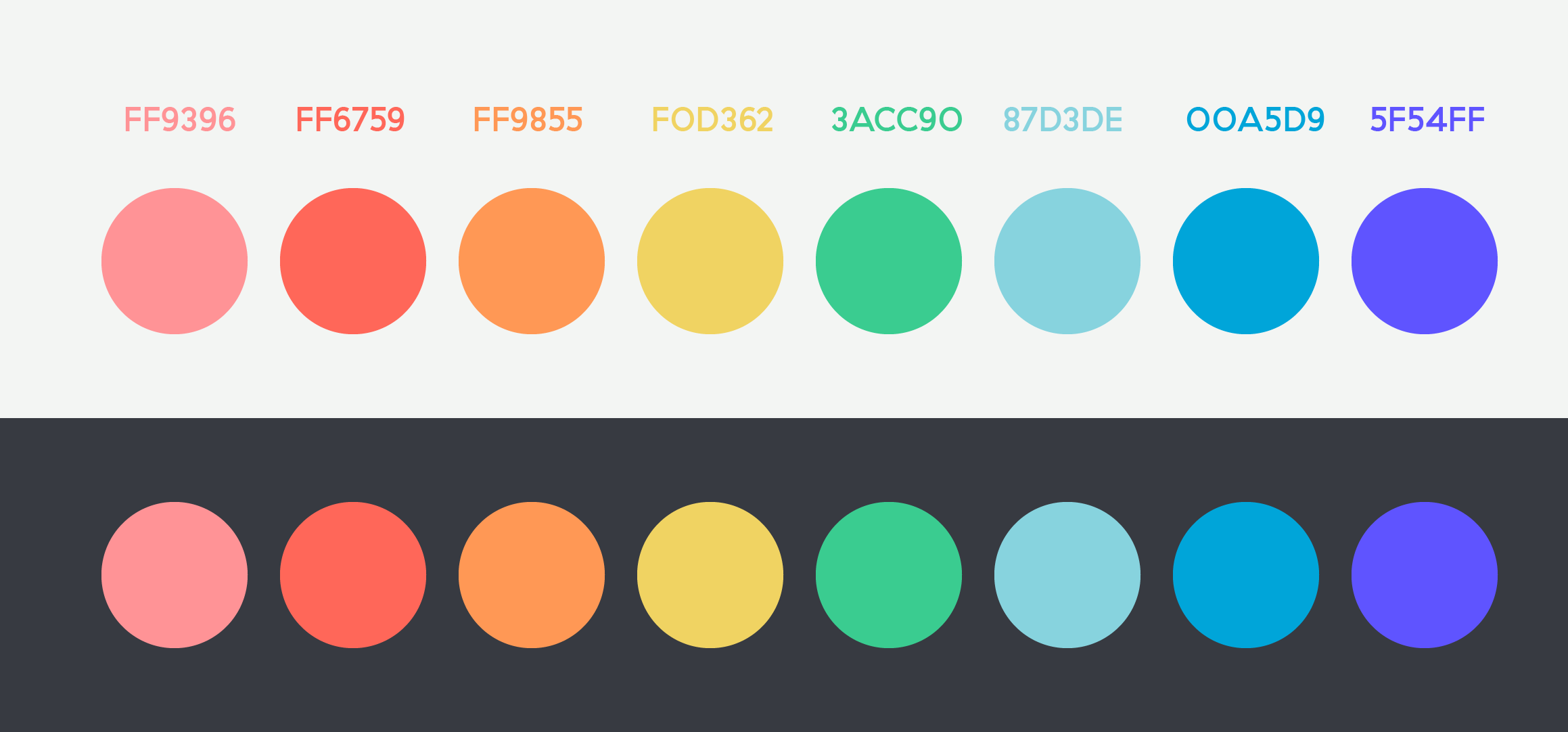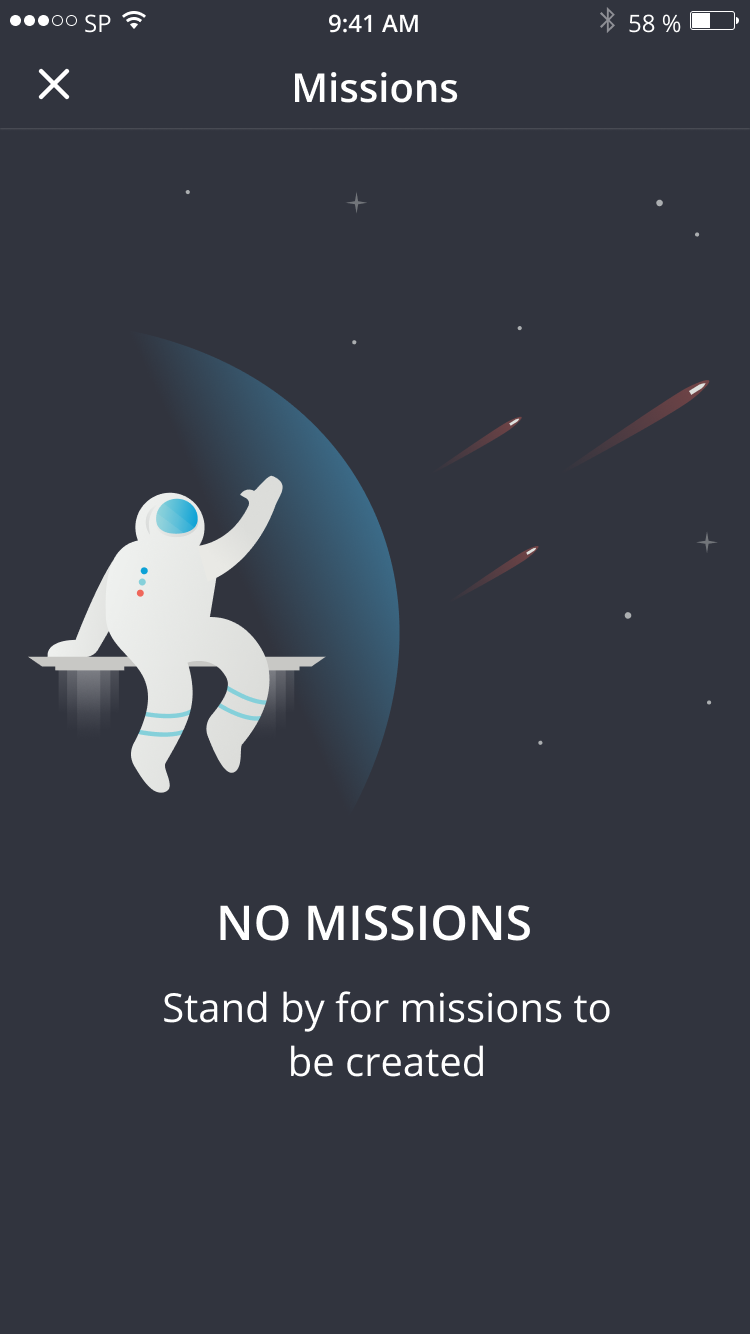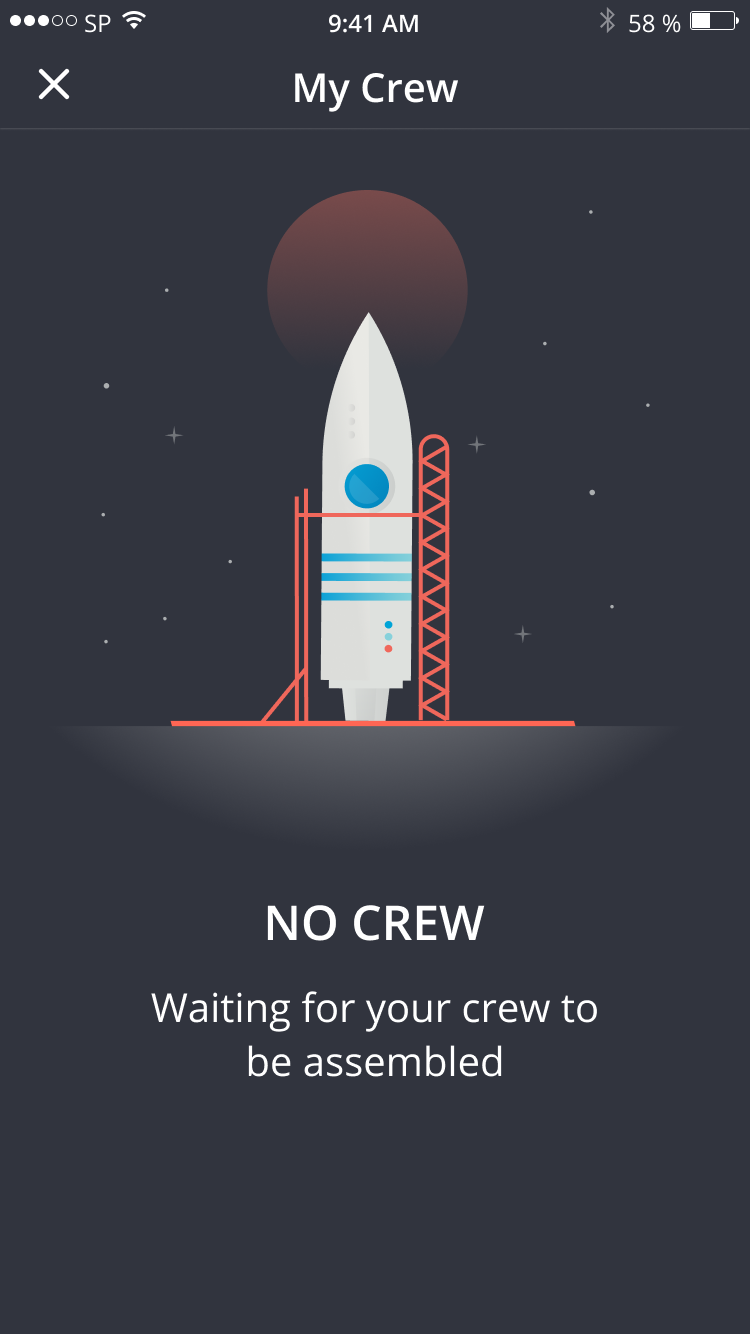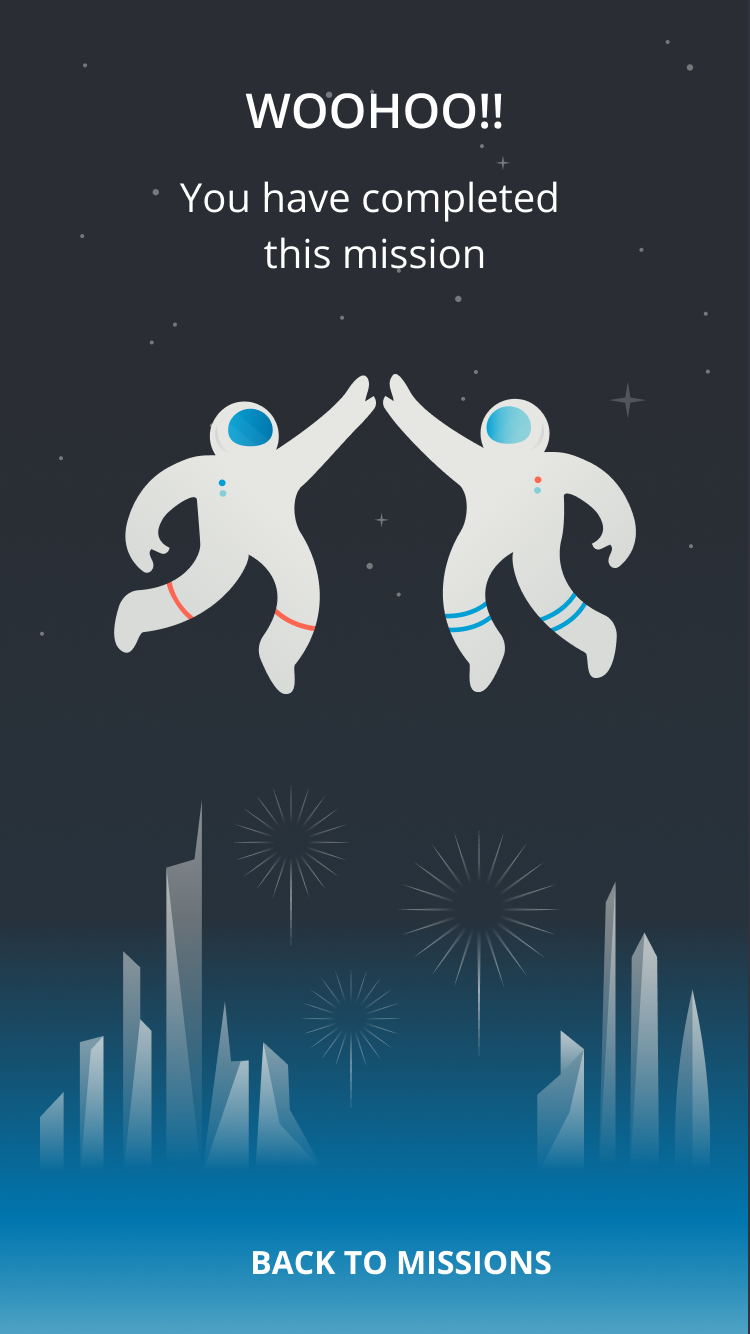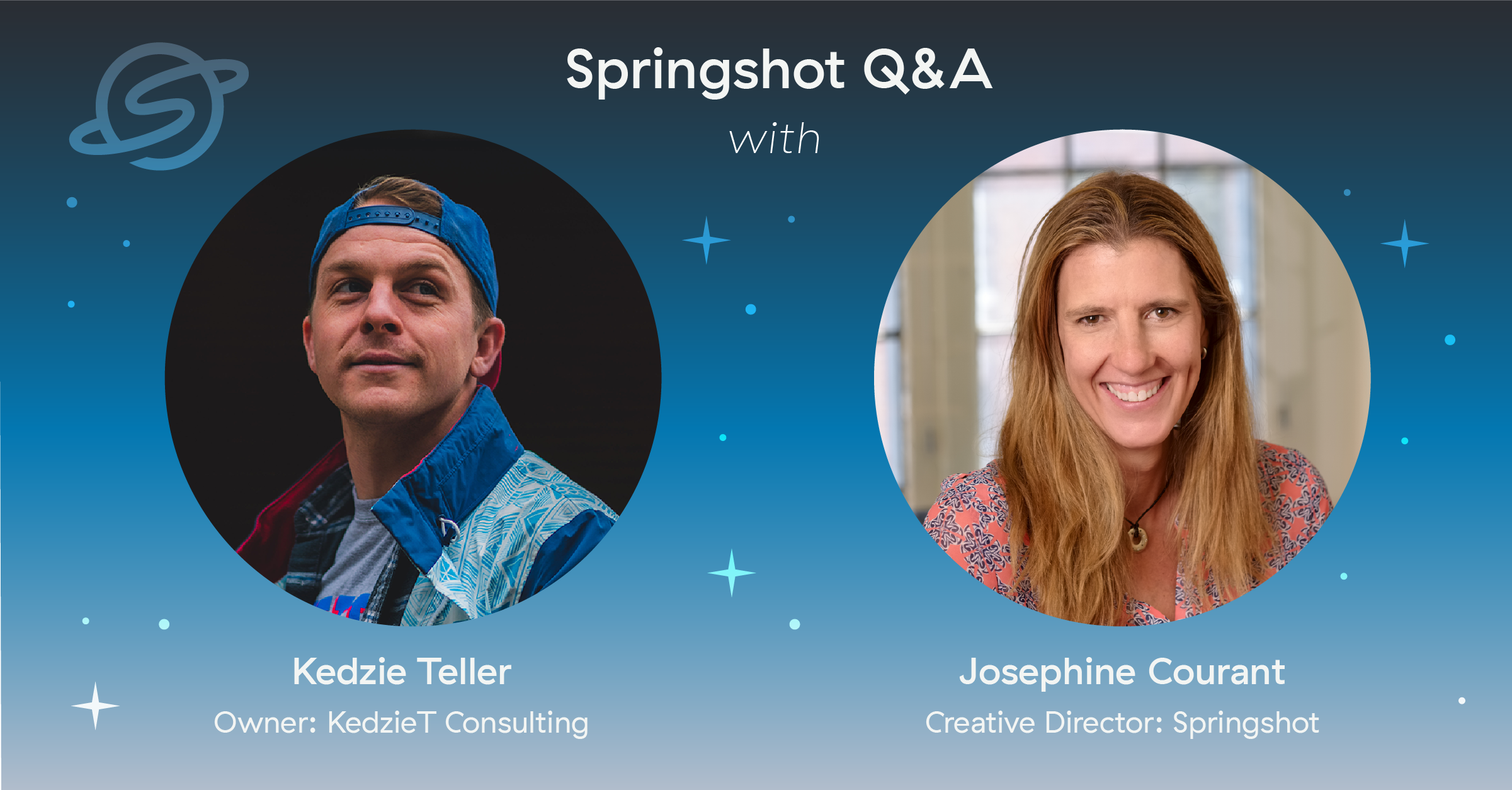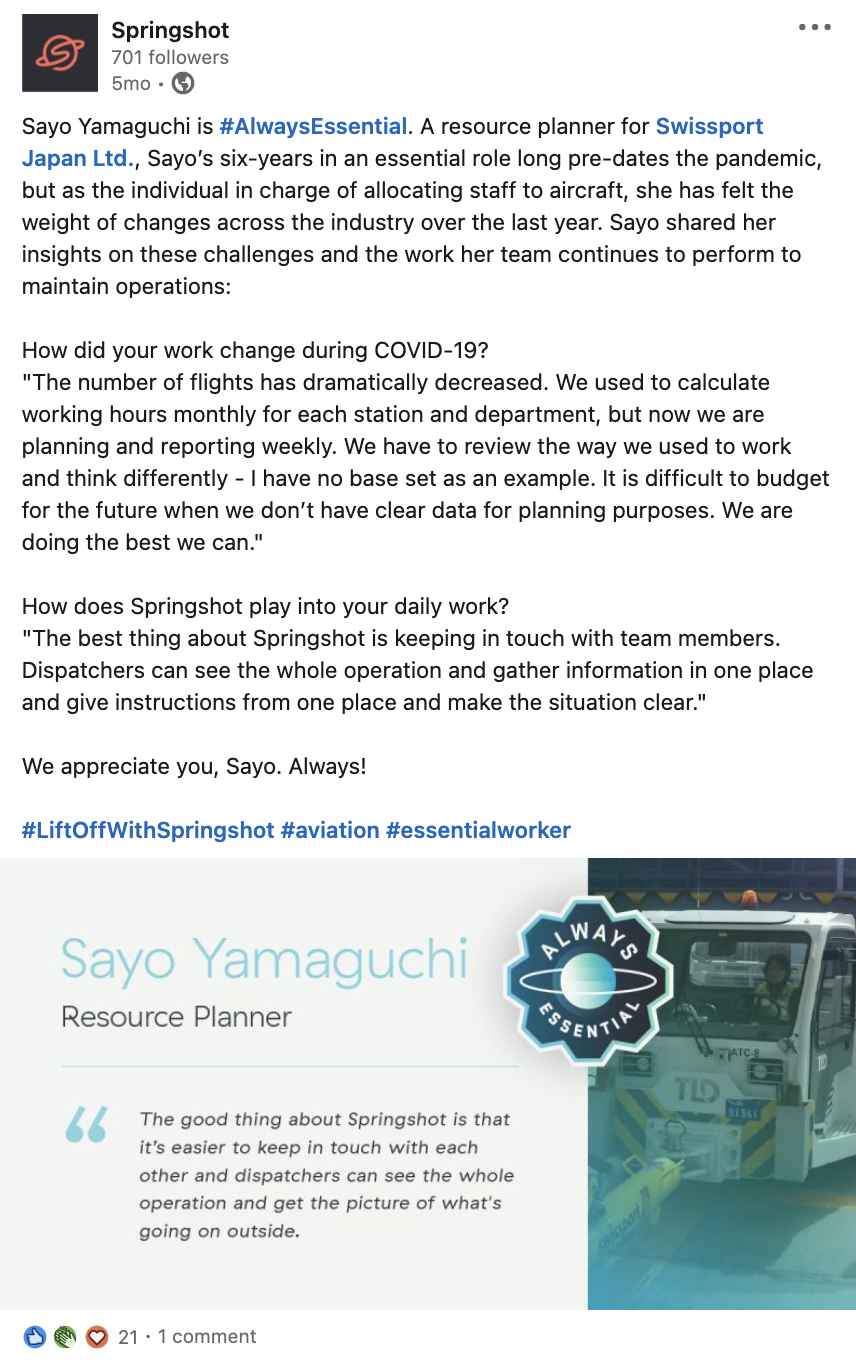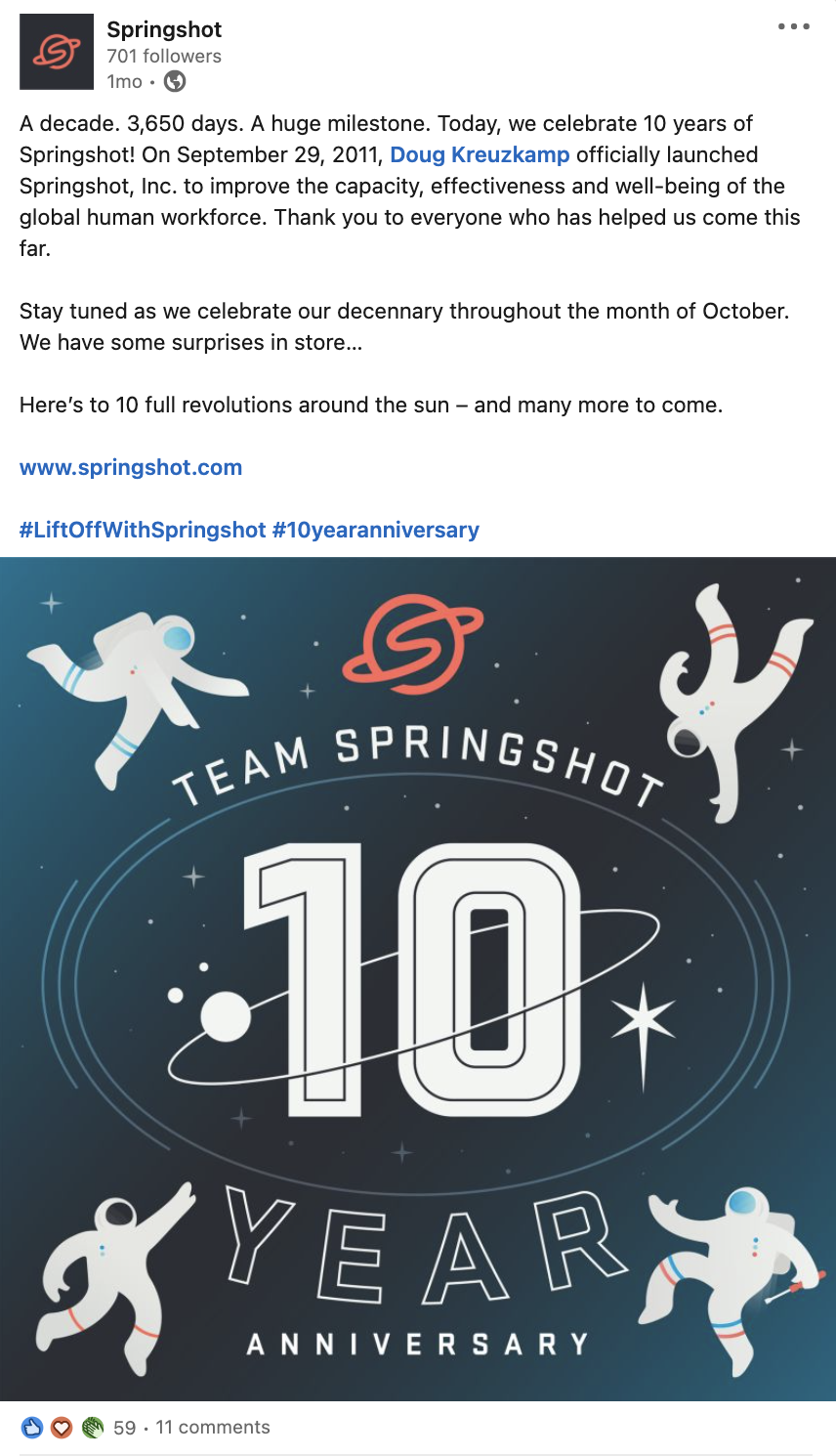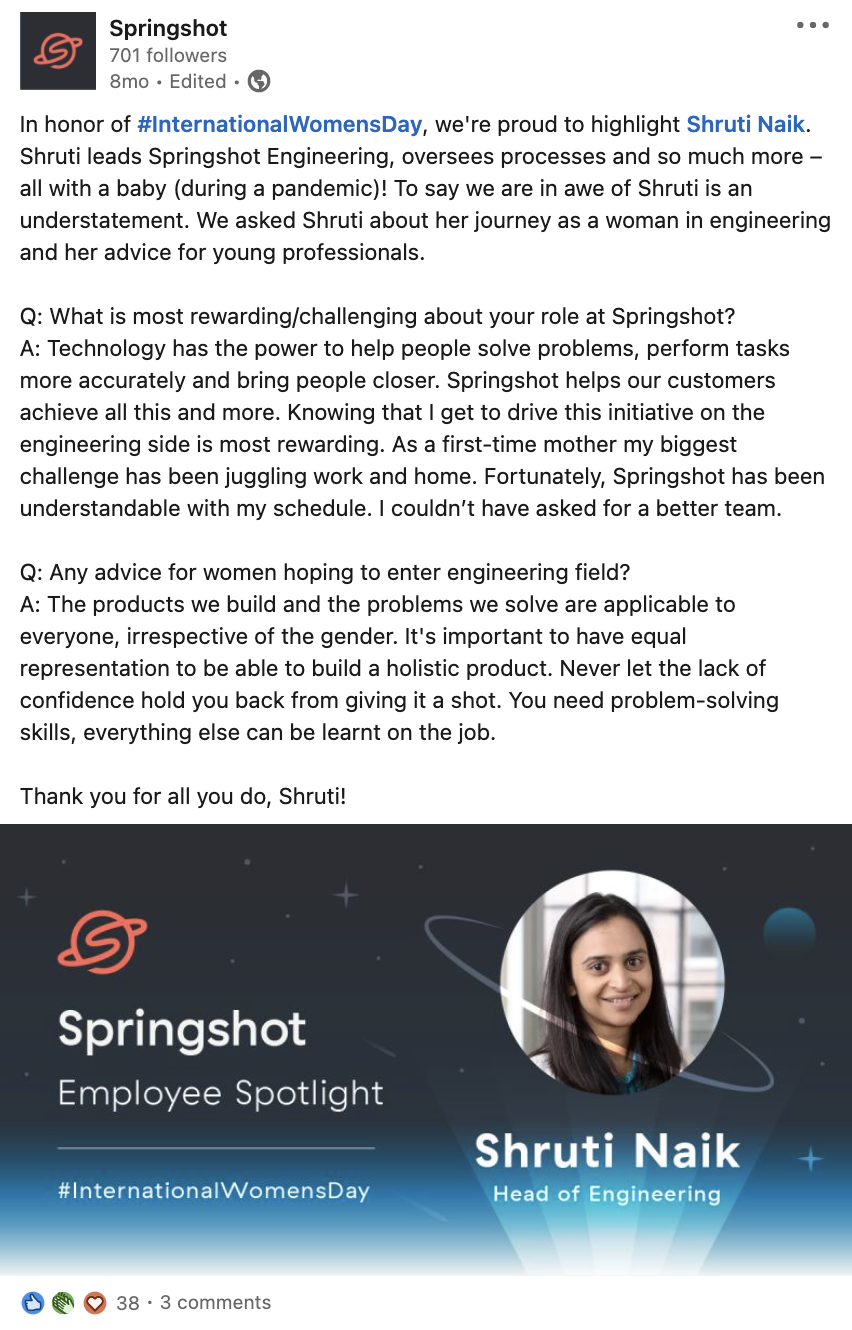
Aviation is at an inflection point, ripe for technological innovation on multiple fronts. The good news? Springshot and others are here to help.
The backdrop: A difficult 2022 holiday season
Perhaps it was a perfect storm of pent-up passenger demand — continuing to accelerate after the uncertainty of the past few years — and a punishing winter storm. Maybe it was the combination of aging software and bad luck. Whatever the cause, everyone saw the results: a major US airline was forced to cancel thousands of flights around Christmas, disrupting holiday plans for two million people. While the media was quick to chastise one airline, the setback was just the most recent in a series of well-publicized incidents that have plagued the entire industry.
The convergence of issues in December highlighted the strained operations software infrastructure that underlies the $800 Billion global airline industry. What happened afterward, with thousands of passengers stranded for days, flight crews out of position and exhausted airport teams working nonstop to recover, showcased the long-lasting difficulties facing commercial aviation.
Those working in aviation have known this for years. The latest turbulence exposed these deficiencies for all to see.
The patchwork of outdated systems used today to support airline operations are not equipped to reliably anticipate obstacles and place the right teams in the right place at the right time to alleviate external stress. As if the holiday wakeup call wasn’t problematic enough, the need to solve these issues became crystal clear a few weeks later when the U.S. air traffic control’s NOTAM technology went down in mid-January, snarling air travel in a ripple effect felt for days.
It’s the worst-kept secret in the industry: Over the last decade, many airlines have deferred making the necessary investments to modernize software systems that support critical “day of” functions. Given their operations require workers to perform tasks with specialized training around heavy equipment, at a defined time, at a precise physical location and within a work environment exposed to weather and other uncontrollable variables, those working in aviation demand the most robust and reliable software solutions available. Paradoxically, many still operate using two-way radios and legacy “on prem” platforms.
“Without investing in modern, cloud-based solutions, and with schedules becoming more tightly- compressed and complex, the airline industry has reached its boiling point,” said Doug Kreuzkamp, Founder and CEO of Springshot. “Everybody knows this, and it’s time to do something about it.”
This tumult is expanding as a spate of new software enters the market. New platforms have emerged to solve specific problems within the industry. Using sensors, data analytics and artificial intelligence to automate scheduling and planning, these technologies are a step in the right direction. Yet, many are not integration-friendly and do not work well within existing layers of technology. This is creating further complexity.
The irony? In work environments that demand far less interoperability, we know software solutions built by different companies can play well together. Look back over the last several years. We all experienced how Zoom and Teams meetings enhanced productivity, easily bringing together people from disparate regions. When combined with other software platforms, like Slack, Asana, Atlassian JIRA, Figma and other creative, collaboration and messaging platforms, these technologies create schedules and workflows that complement a worker’s process and contribute to overall worker efficiency.
Positive change is possible. The investments must be made.
A clear path forward: A platform that unifies and harmonizes aviation software
The good news: emerging tools are here to help. The COVID pandemic accelerated the pace of innovation as the industry came to a standstill and peered into the abyss. Forward-thinking companies like Adveez, Aerosens, Aerovect, Assaia, Elenium, NetTracer, Springshot, Synaptic, ThorDrive, Whill and Xovis emerged to reboot aviation for a post-pandemic world. These companies worked individually to build best-in-class solutions to solve discrete operational needs, yet are collaborating together on how to modernize airport operations for all.
Across the globe, the industry is taking note. Airlines are beginning to prefer responsible developers who work well with others and “stay in their lane” to masterfully solve unique challenges over legacy providers that offer inhouse “one size fits all” solutions that purport to solve all challenges, yet fall short in fully solving any. As the industry invests in these new platforms and embraces this new integration-mindset, it will further unlock capabilities and operational reliability that seem unthinkable today.
At Springshot, we’re honored to play a role in this new ecosystem. Those familiar with us know our passion for “living at the intersection of technology and humanity,” using engaging data modeling, alerting and visual design to harmonize disparate products and feeds. As a “single pane of glass” unifying interface for real-time operations, we aim to provide users with the information and tools to be at the right place, at the right time, performing the right task (safely), for the right duration with the right equipment.
Over this four-part Integrations Insights series, we’ll shed light on the unique challenges our team aspires to solve each day. Bottom line, we’re in the midst of a generational transformation in how humans view and value work. Given the lifestyle preferences of Millennials and Generation Z and the physical and geographic proximity demands of airport jobs – these aren’t “work from home” occupations – the staffing and skillset ramifications for airline operations are particularly acute. We’ll share how our obsessive, borderline maniacal focus on the mental and physical needs of the frontline worker allows us to uniquely foster engagement and quickly upskill those performing these essential jobs.
In short, our software is what today’s airline workers want to see in the palms of their hands and we’re proud to be the unifying interface that allows them to best perform their jobs.
We can’t wait to show you more.
Stay tuned for the second blog in this series devoted to our most important assets — people — coming soon.





